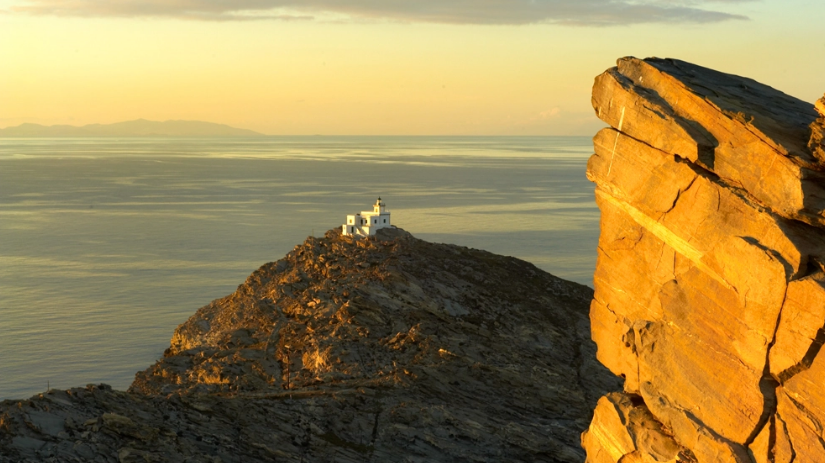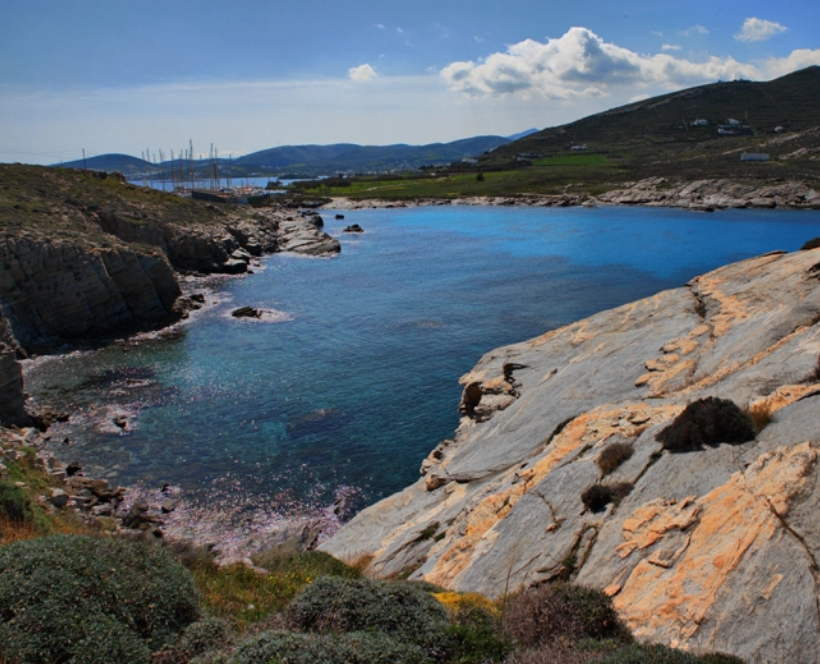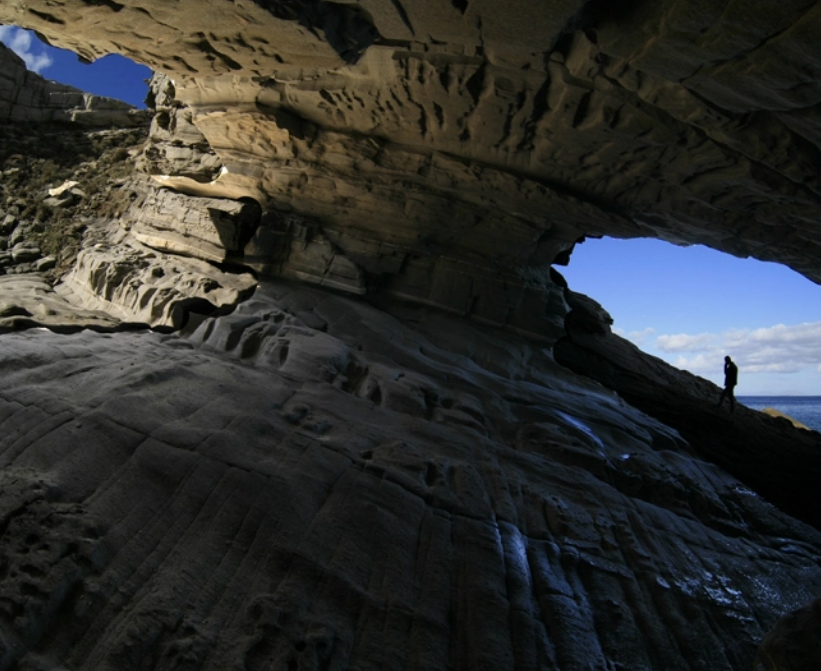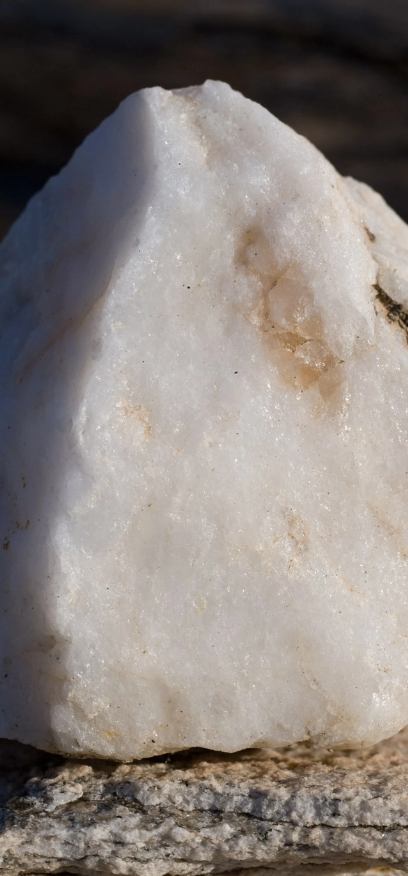
Activities for the nature lovers and the ecology
The park was created in 2009 by public initiative and the unanimous decision of the City Council of Paros for the sole purpose of the environmental protection of the peninsula of Ai Yiannis Detis in the NW part of the bay of Naoussa with sustainable methods of management and actions related to the environment, culture promotion and exchange, recreation and athletic activities of a benign nature. It consists of 80 hectares of protected natural environment where cars and other vehicles are strictly prohibited as is hunting, fishing and camping.
Activities for the nature lovers and the ecology are organized at the Park throughout the year and attract a large number of visitors as well as volunteers.


Transformed Granite
Upon first impression of the peninsula of Agios Ioannis Detis the eye encounters a sculptured mass of transformed granite called gneiss veined with marble (or mica) which change color and glisten, with the suns reflection, according to the time of day. The imagination of the locals renamed these rocks, calling them “psaropetres” or “ fish stones” because of how they sparkle in the sun.
These rocks have been essential to the people of Paros for thousands of years. They made their tools from them; designed their ornaments and jewellery, they built their homes, paved their roads and built their walls. The walking paths of the Paros Park were also made from them.


The gneiss originates from granite that was transformed in the bowels of the earth from tremendous pressure and temperatures forcing the rocks to crumble and remould with the same composition with other geologic materials such as quartz and mica which run in layers through the rock. This transformation created the schist and gneiss rocks that we see today.
One could even refer to this area as a natural granite museum of beautifully sculptured stones, the result of thousand of years of exposure to salty wind and salty air, sun and rain. The visitor to the park can easily find a multitude of these works of art on any of the seven walking paths of the park.
